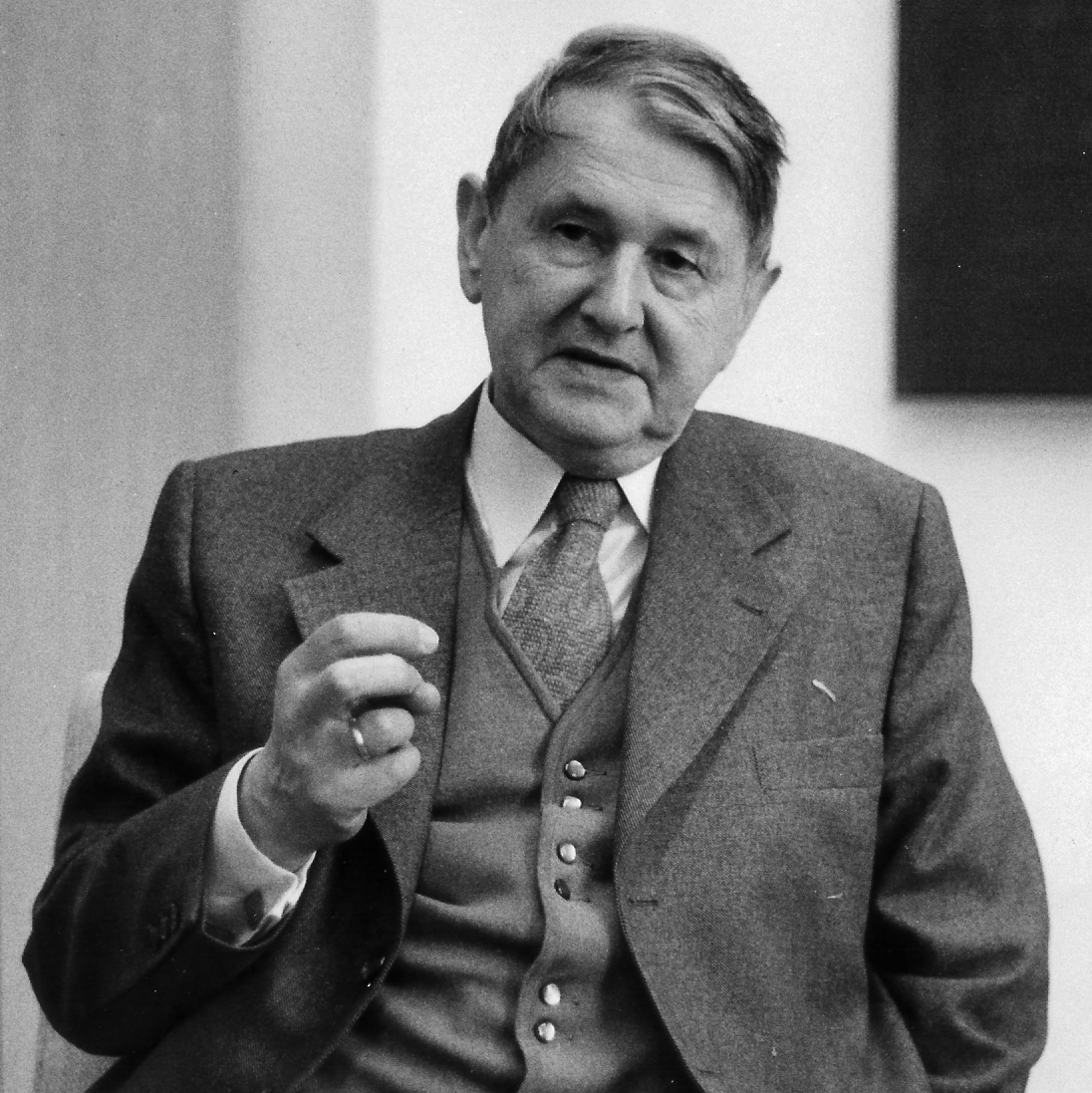
 |
Hans Reichardt |
|
Reichardt tried to find a theoretical solution for his experimental results.
Therefore Münzner und Reichardt (Lit.2) calculated the pressure distribution using the theorie of conformal mapping. In der abstract of there report they wrote: "Concerning the fast motion of bodies in air or water the question is of importance what is the shape to produce equal pressure on the whole surface. This is the question on the one hand calculating the shape of cavitation bubbles behind a blunt body on the other hand at the problem to find a body contour which minimizes hypervelocity on its surface". The summary says:
"Finally a phenomenological formula for practical application is suggested:
The results of Reichardt´s experiments desclosed solutions for a problem that became more and more urgent during the word war II. Improved detection methods of the Allied Forces caused increased assaults even against plunched submarines. Different methods of protection were considered. A possible defense against attack from the air was to start rockets from plunged submarine. The results of cavitation research made these considerations realizable. On June 23, 1943 in Kiel a meeting took place at the Chemisch-Physikalische-Versuchsanstalt der Marine (CPVA). Here the supreme command of naval forces (OKM) communicated to the participants of the KWI the performance requirements of a under water rocket: distance : 300 m velocity : > 60 m/s depth of launch : > 100 m load capacity : 50 kg Under guidance of the CPVA different rockets were designed and tested but without the desired success. The most interesting version shows the figure below.
This rocket launched from depth of 50 m reached straight line trajectories up to 220 m. However the desired performance was failed because of weak rocket engine. At the end of World War II Göttingen was conquered by british troops. The scientists of the KWI were detained in England. There they had to finish their outstanding reports. Here H.Reichardt wrote his famous report "Die Gesetzmässigkeiten der Kavitationsblasen an umströmten Rotationskörpern (Lit.3) (Transl 766 Brit.Ministry of Aircraft Production). These reports were considered to be spoils of war. They were made avalable only to the Allied Forces. To a later point of time they were made generally available.
Summary of Reichardt`s famous report:
Combining these quantities due to theoretical considerations result in some general functions of cavitation number, where
the influence of the body shape is not observable.
So in first approximation the following items are only depending on the cavitation number:
This induces that approximately also The present result correspond with theoretical research communicated in UM-report 6616 (Lit.2)" A graphical diagram of the results shows the figure below:
The following figure shows the measured drag coefficients and the lift coefficients ca per angle of incidence as a function of h/d ratio.
In the postwar period Reichardt was visited by many foreign scientists. He informed them about his work and ideas. They spoke of his "famous" work. But Reichardt never heard of results from other scientists because of confidentiality (private communication). The following side shows a summary of the formulas required for the calculation of under water projectiles.
|